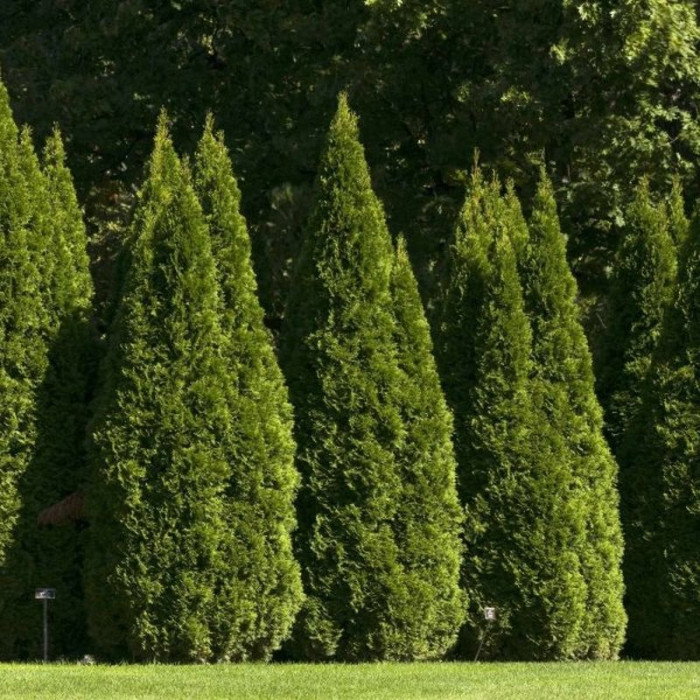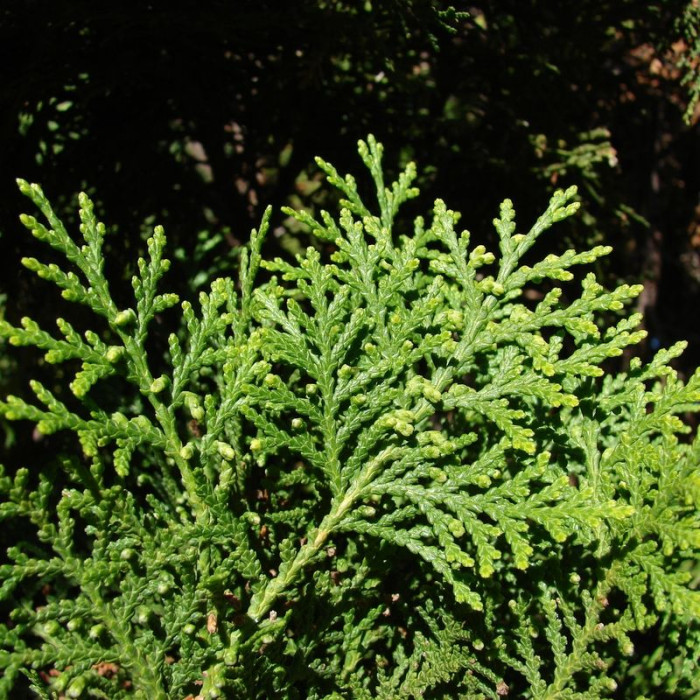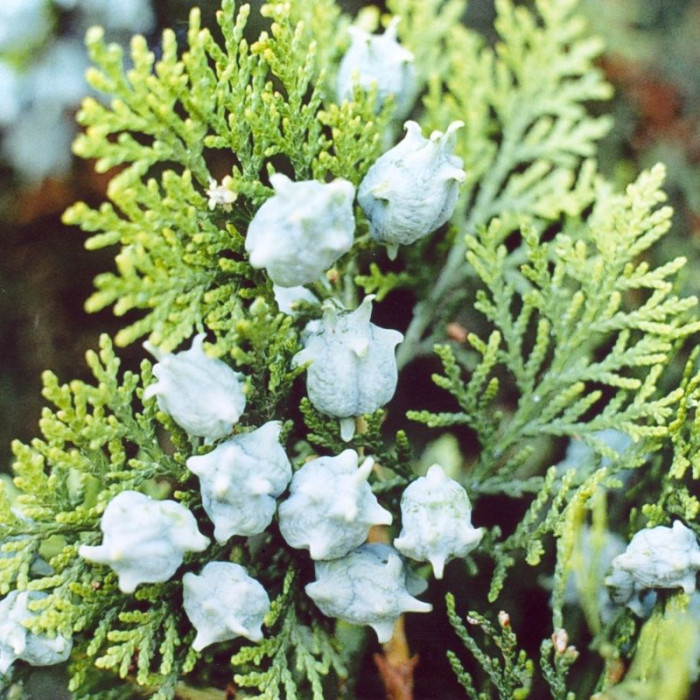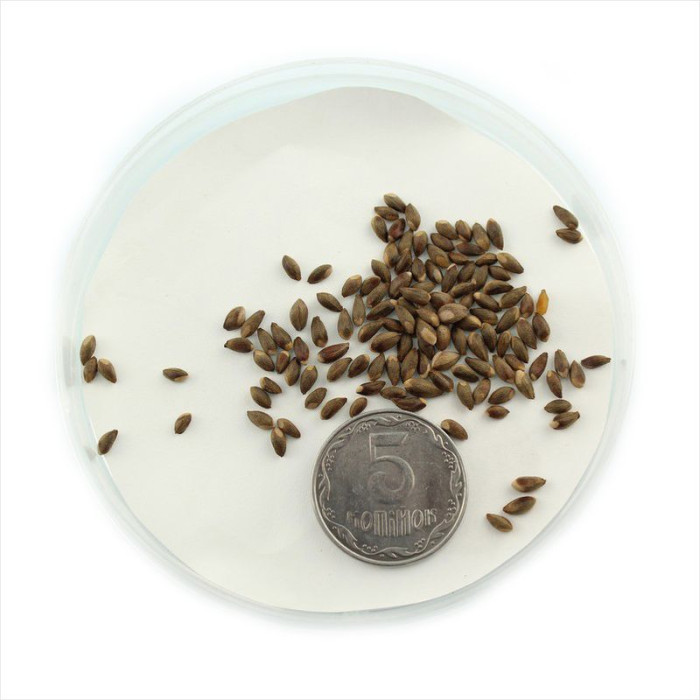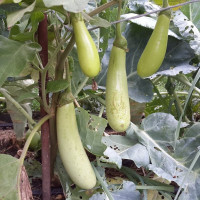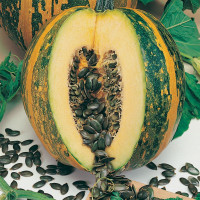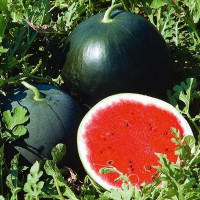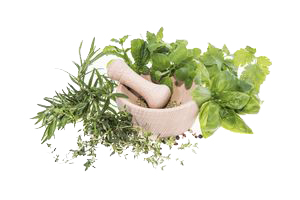Chinese thuja, Oriental arborvitae, Chinese arborvitae, biota or Oriental thuja / Biota orientalis, Thuja orientalis - evergreen coniferous tree. The needles are 1-3 mm long, green-yellow or light green in summer, turning brown and reddish-brown in winter. Thuja orientalis, unlike other conifers, is quite resistant to diseases and pests. It has relative frost resistance; young plants need to be covered with spruce branches.
The spring sun is also dangerous, as it can cause burns on the needles. In April, the shelter can be removed. Used: for hedges near the house and in parks.
Seeds are stratified for 2-3 months. At the beginning of winter, the seeds are sown in boxes in a clean, light mixture consisting of rotted leaf soil, peat and coarse sifted sand in a ratio of 3:1:1. After sowing, the seeds are stored in the refrigerator or basement at a temperature of +3-5°C for 2-3 months, maintaining moderate humidity of the substrate. Then they are exposed to light in a warm (18-23°C) place, where they germinate.
Seedlings need protection from direct rays and moderate watering. If the seedlings are excessively dense, then picking is necessary. Seedlings are unpretentious and develop quite quickly. Before young plants are planted in the ridge, they are gradually hardened off. Thujas tolerate transplantation, including repeated ones, easily.

No questions about this product, be the first and ask your question.


